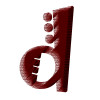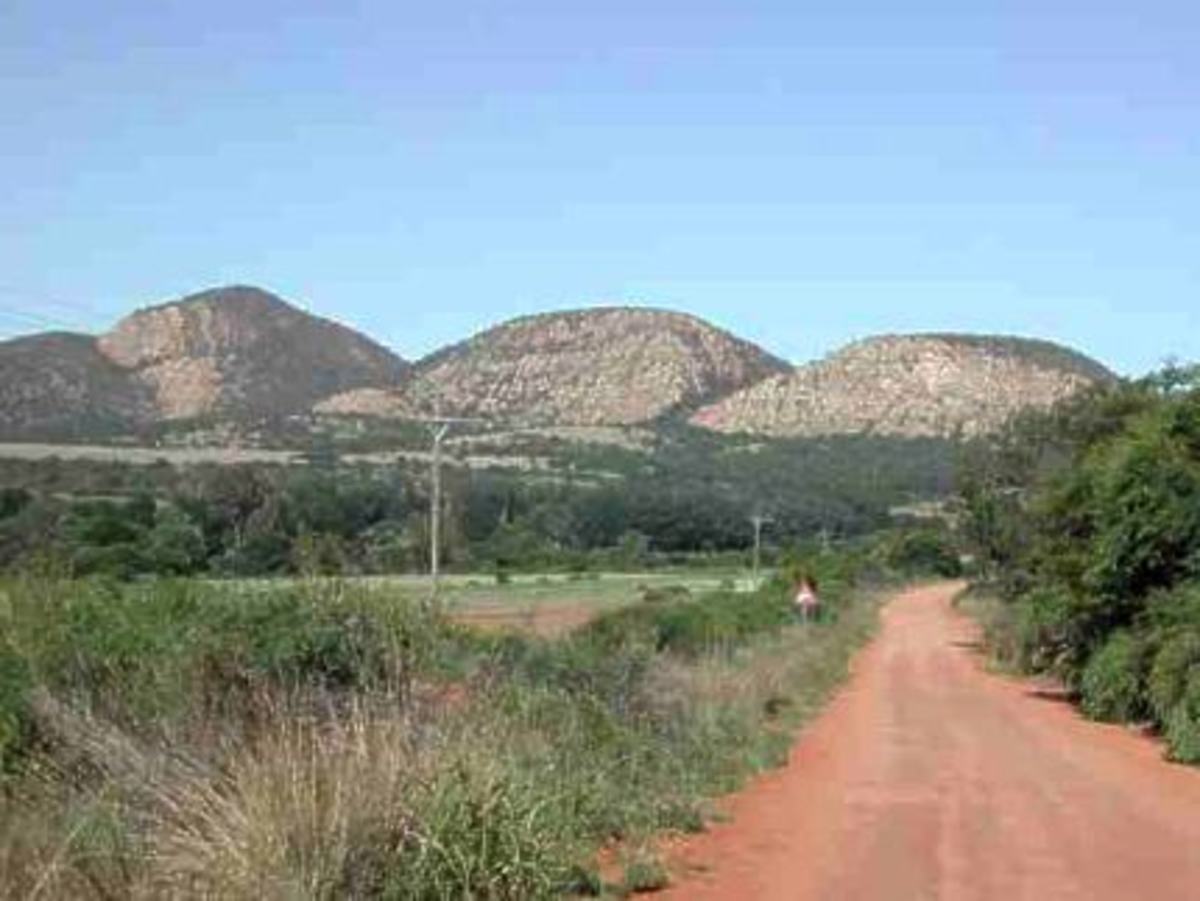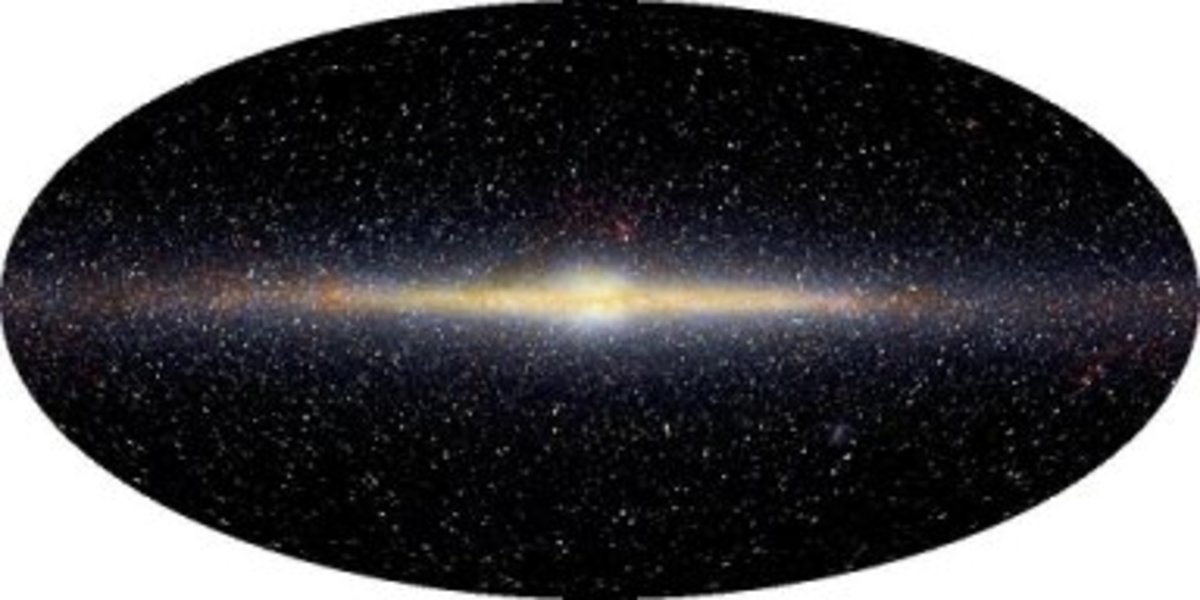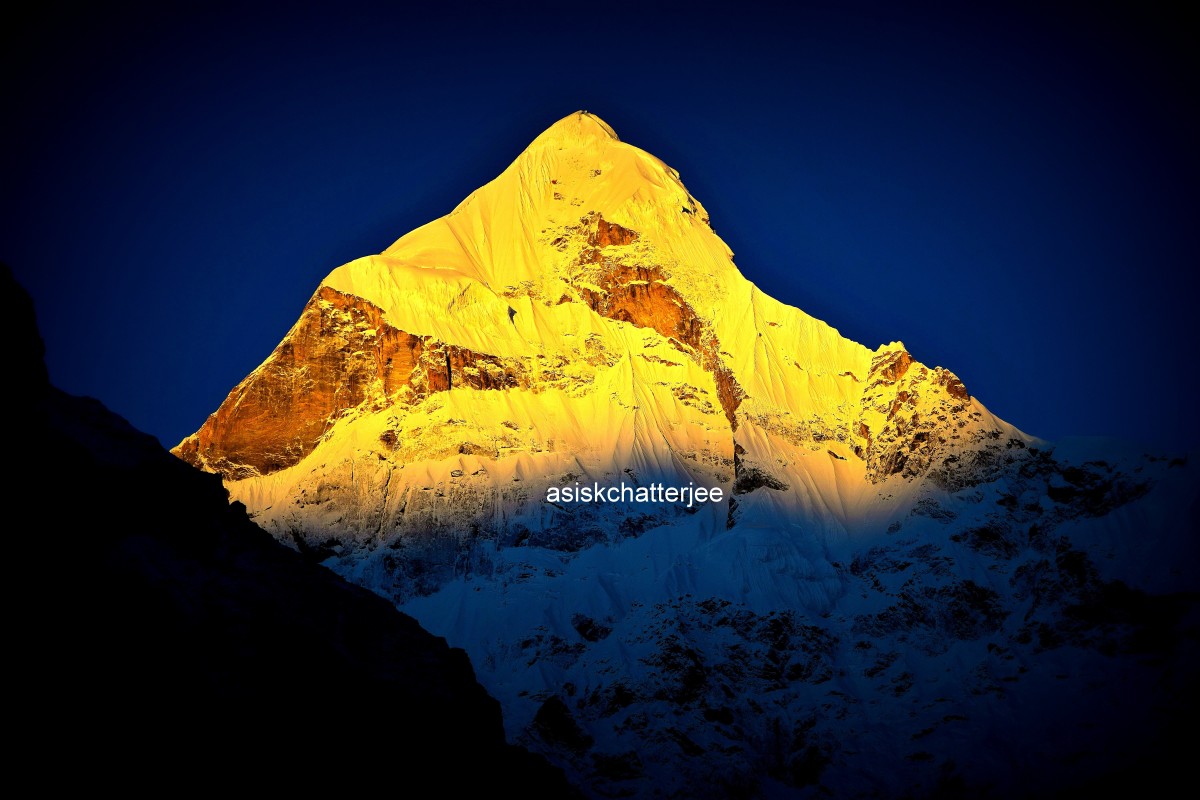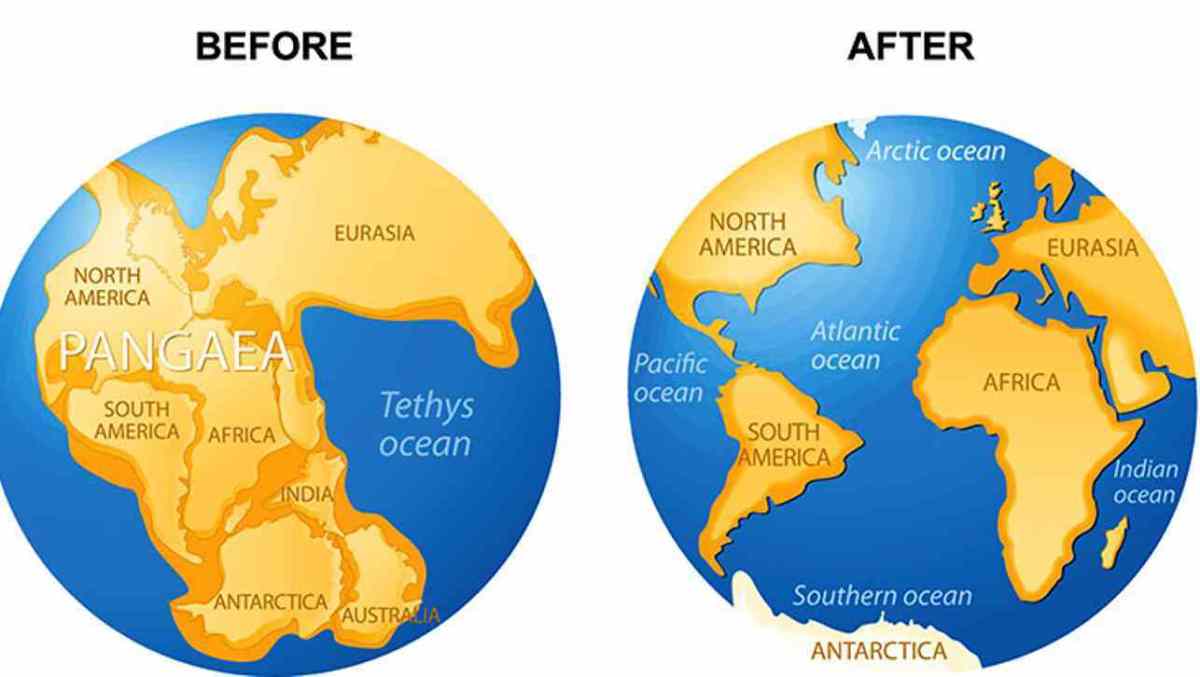Types of Landforms
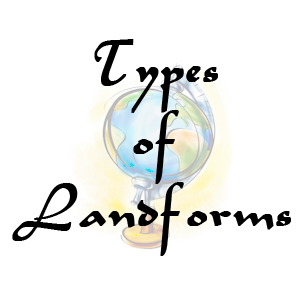
The surface of the earth is not uniform. This is the basis of identification of various types of landforms. The oceans and continents are the landforms of the first order. At a lower level in the hierarchy are the landforms of the second order such as the mountains, plains and plateaus on the continents and the continental shelf and continental slope on the ocean bottoms. At the third level in the hierarchy are the topographical features such as a hill or a valley or a sandy plain etc.
The landforms are a result of the interplay of two types of forces, namely the internal forces or the intrusive forces and the external forces or the extrusive forces. The internal forces originate in the interior of the earth and they create irregularities on the earth surface. They are therefore called the constructive forces also. On the other hand the forces affecting the surface of the earth from the outside are called the extrusive or the external forces and they tend to remove the irregularities on the earth surface. The process of making the earth surface uniform is called planation or gradation and as this is possible by obliterating the surface irregularities, the forces of planation or gradation are also called the destructive forces.
The internal forces operating on the surface of the earth include the volcanic forces and the diastrophic forces. The former involve ejection of the matter from the interior of the earth while the later imply vertical or horizontal displacement of rocks over large areas. The diastrophic forces are responsible for vertical movements are called the epirogenic or the continent building forces while those involving a horizontal movement are called the orogenic or mountain building forces. The mountain building forces themselves may involve compression thereby causing folding of rocks or tension thereby causing fracturing or faulting of rocks. In the following discussion a brief overview of various types of landforms is presented.
Mountains
Mountains are the raised areas on the earth surface with a minimum altitude of 600 metres or 2000 feet and having a large area under steep slopes so that they have conical peaks. The mountains are classified into the fold mountains, the block mountains the volcanic mountains and the residual mountains. The fold mountains are a result of folding of rock strata due to compression of rocks. The upfolded areas forming the ridges are the anticlines and the downfolded areas forming the valleys are called the synclines. Himalayas, Aravallis and the Rockey mountains are examples of such mountains. Himalayas are among the youngest the Aravallis are among the oldest fold mountains in the world.
The block mountains are formed when the faulting or fracturing of rocks results in upliftment of large blocks in the form of mountains. Typical examples of such mountains are the Vosges in Europe and the Basin Ranges in USA.
The volcanic mountains are formed through accumulation or deposition of the volcanic material, may be lave or the solid material such as ashes and boulders etc. Typical examples of these mountains are the Fujiyama and Hawaiin Islands. The relict mountains are produced by the erosion of existing uplands so that the harder rock areas remain standing higher as mountains. They are in fact relicts of old plateaus and other upland areas. Highlands of Scotland and the Sierras of Central Spain are residual mountains.
Plateaus
Plateaus are the areas which are sufficiently raised from their surroundings but have a flat top and generally do not have peaks. They are like table lands rising from the plains or from the sea. The plateaus are classified on the basis of their location and origin. The plateaus which have been formed with mountains and are thus surrounded by the mountains are called the intermontane plateaus. Tibetan Plateau is an example of such plateaus. The plateaus formed at the foot of the mountains between the mountains and plains or between the mountains and the sea are called the piedmont plateaus. The plateau of Patagonia in South America is an example. The third type of plateaus are the continental plateaus. They rise abruptly from the plains or from the sea and are not associated with the mountain building processes. The plateaus of Africa and Arabia and also the peninsular plateau of India fall in this category.
Plains
Plains are the areas of almost flat terrain and very little relief. Most of the area of the plains is little above the sea level. The plains are generally classified as depositional and erosional plains. The plains formed through erosion of raised areas by agents of erosion such as rivers, glaciers, winds etc. are called erosional plains. The plains formed through deposition of sediments by the agents of erosion are called the depositional plains. Peneplains and pediplains are examples of erosional plains while the flood plains, lacustrine plains and loess plains are examples of depositional plains. Peneplains are formed through erosion of raised areas by rivers while the pediplains are made through erosional work of winds and seasonal streams in the semiarid regions. Lacustrine plains are formed through deposition of sediments in the lakes while the flood plains are a result of deposition of sediment by rivers. Plains formed through deposition of wind blown fine dust are called loess plains. The erosional and depositional work of glaciers forms glacial plains. The coastal plains are generally formed through the erosional and depositional action of waves while the karst plains are formed through the solution action of water in the limestone areas.
